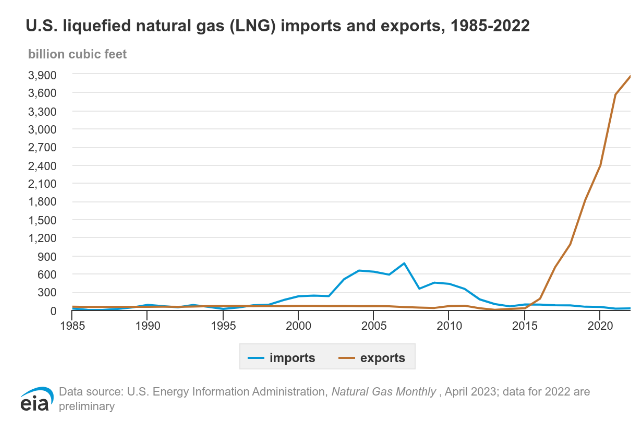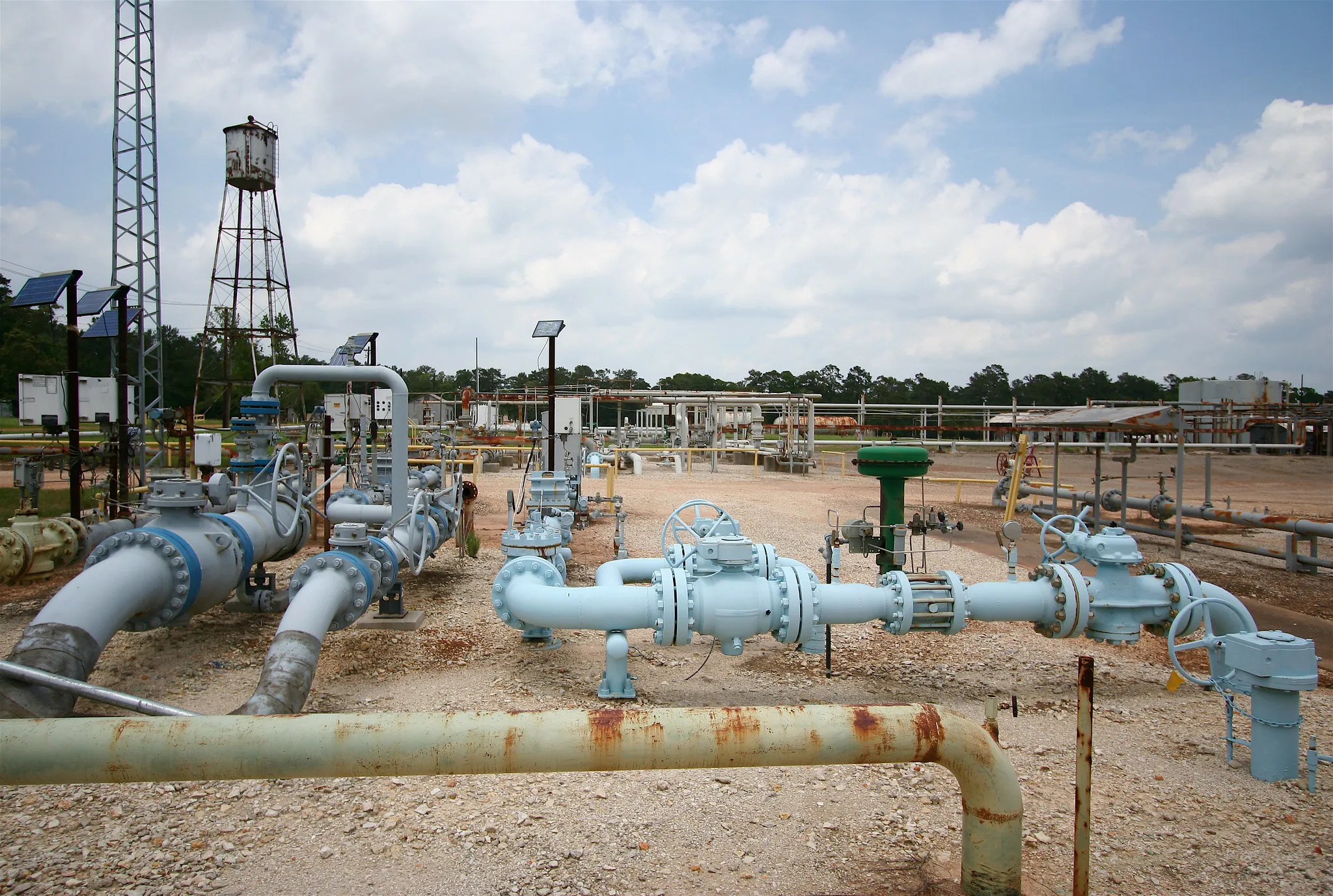A liquified natural gas tanker from the Marshall Islands. Photo by A.Davey
In January 2024, the Biden administration announced a temporary pause on approving new applications to export liquefied natural gas (LNG) to countries without free-trade agreements with the United States. This pause doesn’t affect existing exports or those already approved. Instead, it gives the Department of Energy time to conduct a more thorough environmental and economic review before greenlighting new projects.
This decision reflects the growing significance of LNG's role in the global energy landscape, where it is touted for its potential to reduce carbon emissions by displacing coal but also scrutinized for its environmental and health impacts, as well as its potential to conflict with carbon-free energy investments. Despite the pause on new export approvals, LNG is still being produced and shipped internationally. As the world's largest LNG exporter, the U.S. faces the challenge of balancing immediate needs with long-term sustainability goals.
What is liquefied natural gas and why is it gaining momentum?
LNG is natural gas that has been turned into a liquid by cooling it to very low temperatures. This process makes it easier and more efficient to transport over long distances. During transport, LNG remains in its liquid state in special carriers. Once it reaches its destination, it is turned back into gas and delivered through pipelines to consumers. According to the IPCC, LNG exports grew by 160% between 2014 and 2019. The U.S. Energy Information Administration (EIA) predicts that North America's LNG export capacity will more than double by 2027.

While burning LNG is carbon-intensive, proponents argue it can help reduce global emissions by replacing higher-polluting fuels like coal. Coal was the largest source of energy-related CO2 emissions between 2015 and 2019, making up about 44% of emissions in 2019. Natural gas produces about half of the CO2 emissions of coal per unit of energy produced. Research suggests LNG could limit temperature increases exceeding three degrees Celsius. LNG could also bolster energy security by offering an alternative to other major suppliers, whose infrastructure leaks more methane than the U.S. Additionally, the applications of natural gas extend beyond fuel. It's increasingly used as a raw material in heavy industries and creating carbon-based products without combustion.
The legacy of environmental injustice and the need for safe infrastructure
However, the role of LNG in reducing long-term emissions is uncertain. The effectiveness of replacing coal with LNG depends on the energy policies of importing countries, making it challenging to predict the overall impact on global emissions. While LNG can be a stepping stone, it alone isn't a guaranteed path to long-term emissions reduction.
Concerns from environmental groups also linger about the safety of infrastructure and its impact on nearby communities, many of which have already been burdened by a long history of environmental injustice. The high concentration of existing and proposed LNG facilities in South Louisiana and Texas raise fears of exacerbated pollution and climate risks. This concern isn't unfounded – the Louisiana Department of Environmental Quality has accused Calcasieu Pass, an LNG facility, of exceeding pollution limits multiple times in 2023. Compounding these problems are methane leaks from oil and gas infrastructure, including LNG facilities, where emissions have been found to be three times higher on average than official government estimates.
Similar to other heavy industries, LNG facilities are not immune from environmental and health concerns. Upgrading infrastructure and effective regulation is crucial to mitigating the risks and protecting these communities.
Potential conflicts with carbon-free investments
The recent surge in LNG demand also raises questions about its impact on carbon-free energy investment. Building new LNG infrastructure takes years, which could lock countries into relying on gas at a time when renewables or other carbon-free solutions could be more prominent. Additionally, stranded infrastructure—facilities built but underused due to a shift to renewables—could become a costly burden. Balancing the current LNG opportunity with long-term decarbonization through carbon-free energy investments will be necessary.

Natural gas processing facility in Southern Texas. Photo by Roy Luck
LNG plays a key but complex role in future sustainability. It can offer a short-term solution for reducing carbon emissions by displacing coal, but its long-term impact on global emissions is still uncertain. The immediate need for well-maintained LNG infrastructure can mitigate some environmental and health risks, like methane leaks, but its rapid expansion needs careful consideration. Prioritizing renewable energy investments is crucial to avoid locking us into a fossil fuel-dependent future. A sustainable path requires balancing LNG's short-term potential with the urgent need for long-term carbon-free solutions.
